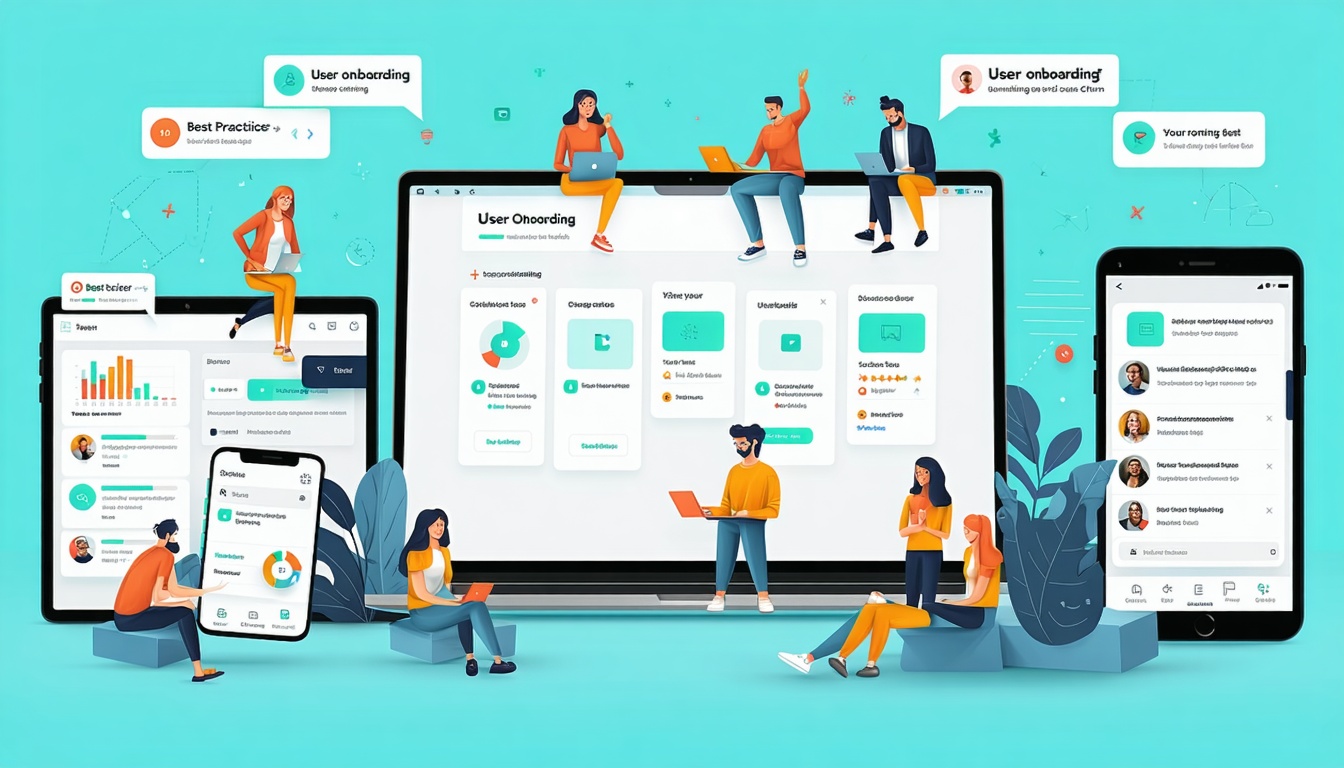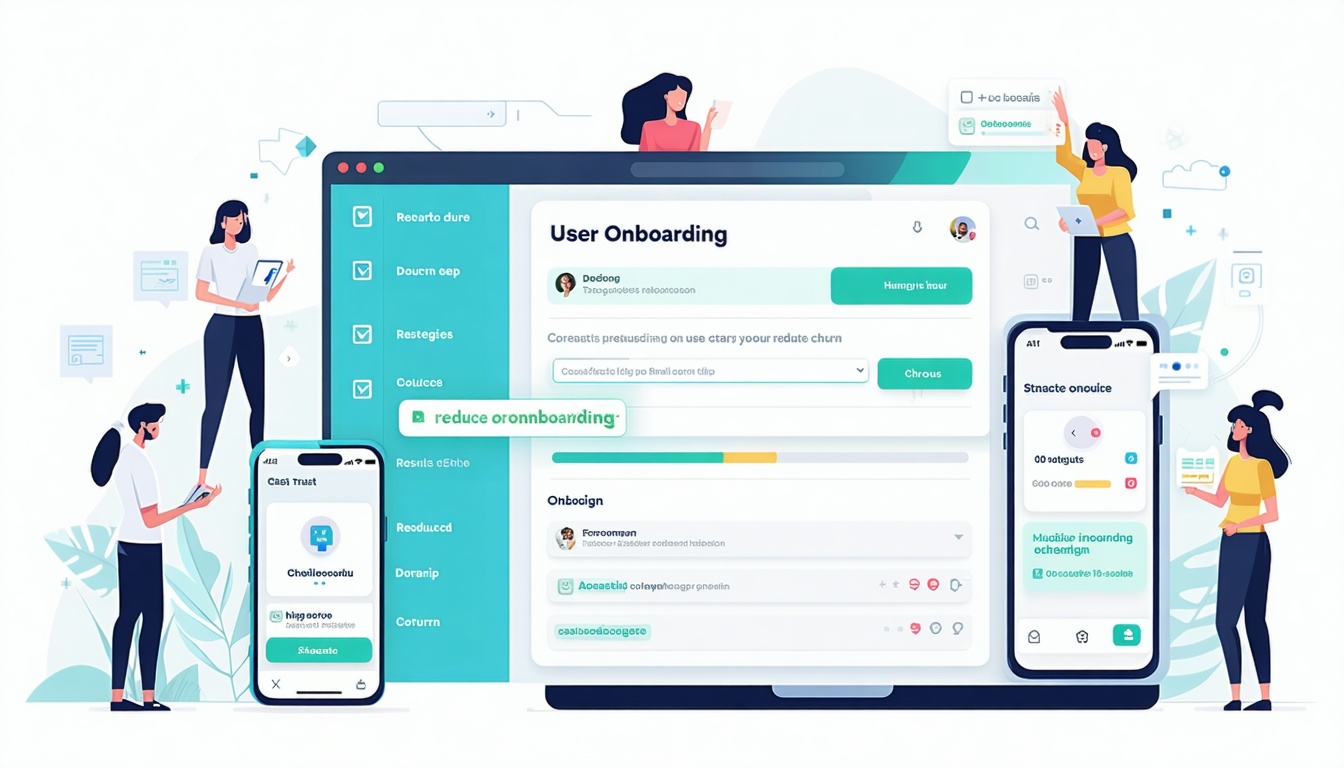Understanding UI/UX Design Salaries
When it comes to the world of UI/UX design, understanding salary ranges is crucial for both businesses seeking design talent and professionals seeking fair compensation. Let’s delve into the importance of competitive salaries in UI/UX design and the key factors that influence these salaries.
Importance of Competitive Salaries in UI/UX Design
Competitive salaries in UI/UX design play a significant role in attracting and retaining top talent in a highly competitive industry. Designers with valuable skills and experience are in demand, and offering competitive compensation not only helps in recruitment but also promotes long-term commitment from talented individuals.
Businesses that prioritize competitive salaries demonstrate their investment in the expertise and creativity of their UI/UX teams. This commitment fosters a culture of respect and appreciation for design professionals, leading to higher job satisfaction and increased productivity. Furthermore, competitive salaries reflect the value placed on the innovative solutions and user-centric designs that UI/UX designers bring to the table.
Factors Influencing UI/UX Design Salaries
Location and Cost of Living: Salaries for UI/UX designers can vary significantly based on the geographical location of the job. Urban areas or tech-hubs often offer higher salaries to match the higher cost of living. Remote work opportunities may also impact salary expectations.
Industry and Company Size: Different industries may value UI/UX design differently, impacting salary ranges. Additionally, the size and scale of the company can influence compensation, with larger companies typically offering higher salaries and additional benefits.
Specializations and Skillsets: UI/UX designers with specialized skills or expertise in emerging technologies such as AR/VR or voice interfaces may command higher salaries. Skillsets in areas like user research, information architecture, or interaction design can also impact salary levels.
Understanding these key factors that influence UI/UX design salaries is essential for both employers and professionals in the field. By considering these aspects and striving for fair compensation, the industry can continue to attract top talent and drive innovation in user experience design.
Average Salary Range
When considering UI/UX design salaries, it’s essential to understand the typical salary ranges for entry-level, mid-level, and senior-level positions in the field.
Entry-Level UI/UX Design Salaries
Entry-level UI/UX designers are professionals who are relatively new to the industry and typically have 0-2 years of experience. Their responsibilities may include assisting in research, wireframing, and creating initial design concepts under the guidance of more experienced team members.
| Experience Level | Average Salary (per year) |
|---|---|
| Entry-Level | $50,000 – $70,000 |
Entry-level salaries in UI/UX design often vary based on factors such as location, company size, and industry specialization. It’s important for entry-level designers to negotiate their worth based on their skills, portfolio, and the cost of living in the area where they work.
Mid-Level UI/UX Design Salaries
Mid-level UI/UX designers have gained more experience in the field, typically ranging from 2-5 years. They are often involved in more complex design projects, user research, and may lead smaller design teams or projects.
| Experience Level | Average Salary (per year) |
|---|---|
| Mid-Level | $70,000 – $100,000 |
Mid-level designers command a higher salary than entry-level positions due to their increased expertise and responsibilities. Factors like advanced skillsets, industry experience, and the ability to deliver successful design solutions contribute to the salary range for mid-level professionals.
Senior-Level UI/UX Design Salaries
Senior-level UI/UX designers are seasoned professionals with 5+ years of experience in the field. They are adept at leading design projects, collaborating with cross-functional teams, mentoring junior designers, and setting the design vision for products or services.
| Experience Level | Average Salary (per year) |
|---|---|
| Senior-Level | $100,000 – $150,000+ |
Senior-level UI/UX designers command the highest salaries in the field due to their extensive experience, leadership capabilities, and strategic contributions to the design process. Their expertise in user-centered design, research methodologies, and innovative problem-solving skills make them invaluable assets to companies seeking to create exceptional user experiences.
Understanding the salary ranges for entry-level, mid-level, and senior-level UI/UX design positions is essential for both employers and professionals in the field to ensure fair compensation and competitive hiring practices. By recognizing the value of experience, skill levels, and industry expertise, companies can attract top talent and retain skilled UI/UX designers who play a critical role in shaping successful digital experiences.
Hidden Factors Affecting Salaries
Unveiling the intricacies of UI/UX design salaries involves navigating through various hidden factors that significantly impact the compensation received. Understanding these underlying elements is crucial for both employers and employees in the design industry. Three key hidden factors affecting UI/UX design salaries include location and cost of living, industry and company size, and specializations and skillsets.
Location and Cost of Living
The geographical location plays a pivotal role in determining UI/UX design salaries. Certain regions with a high cost of living, such as major cities or tech hubs, often offer higher salaries to compensate for the increased expenses. Conversely, areas with a lower cost of living may have lower average salaries for UI/UX designers.
Considering the cost of living index is essential when assessing salary offers or negotiating compensation packages. Professionals working in metropolitan areas may command higher salaries compared to their counterparts in rural areas, reflecting the disparity in living expenses. It’s crucial for employers to adjust salaries based on location to ensure fair and competitive compensation for their UI/UX design talent.
Industry and Company Size
The industry in which a UI/UX designer operates can significantly influence their salary levels. Different sectors, such as technology, finance, healthcare, or e-commerce, may prioritize design differently, impacting the value placed on UI/UX skills. Industries that heavily rely on digital interfaces and user experience often offer more competitive salaries to attract top design talent.
Moreover, the size of the company can also impact UI/UX design salaries. Larger corporations or established design agencies may have the resources to offer higher salaries and additional benefits compared to smaller startups or boutique design firms. Understanding the industry landscape and the financial capacity of the employer is essential when assessing salary expectations in the UI/UX design field.
Specializations and Skillsets
UI/UX design encompasses a wide range of specializations and skillsets that can influence salary levels within the industry. Designers with expertise in niche areas such as mobile app design, web accessibility, user research, or interaction design may command higher salaries due to the specialized nature of their skills.
Additionally, proficiency in particular design tools and technologies can also impact salary negotiations. Designers who are adept at using the latest prototyping tools, animation software, or design systems may be perceived as more valuable to employers, leading to higher compensation packages. Continuous learning and upskilling in emerging design trends and technologies are essential for staying competitive in the UI/UX design market.
Considering these hidden factors when assessing UI/UX design salaries is crucial for both employers and design professionals. By acknowledging the influence of location, industry, company size, specializations, and skillsets, stakeholders in the design industry can ensure fair and equitable compensation practices that reflect the value of UI/UX expertise.
Negotiating Your Worth
In the realm of UI/UX design, negotiating for competitive salaries is a crucial aspect that demands attention. By understanding effective salary negotiation strategies, evaluating additional benefits and perks, and assessing your total compensation package, you can ensure that your worth is accurately reflected in your remuneration.
Strategies for Negotiating Salaries
When entering salary negotiations in the field of UI/UX design, employing strategic tactics can significantly impact the outcome. It is essential to research industry standards, consider your experience level and skill set, and be prepared to articulate your value to prospective employers. By demonstrating your unique contributions and the impact you can make on a project, you position yourself for a successful negotiation process.
Additional Benefits and Perks
While salary is a crucial component of compensation, additional benefits and perks can enhance the overall value of your employment package. Companies may offer perks such as health insurance, paid time off, retirement plans, professional development opportunities, and flexible work arrangements. Evaluating these additional benefits alongside your salary can provide a more comprehensive view of your total compensation.
Evaluating Your Total Compensation
Assessing your total compensation involves looking beyond just the monetary aspect. Take into account the value of all benefits, bonuses, stock options, and any other incentives offered by the employer. Calculating the total worth of your compensation package provides a clearer understanding of the overall value of your position.
To further delve into the factors influencing UI/UX design salaries and gain insights into industry trends, explore our article on UI/UX design jobs. Understanding the nuances of negotiating salaries, leveraging additional benefits, and evaluating total compensation ensures that you advocate for fair and competitive compensation in your UI/UX design career.
Ensuring Fair Compensation
In the realm of UI/UX design, ensuring fair compensation is crucial for maintaining a competitive and equitable industry landscape. By recognizing salary disparities, addressing wage inequality, and promoting fair pay practices, both employers and employees can contribute to a more balanced and sustainable environment.
Recognizing Salary Disparities
One significant step toward fair compensation in UI/UX design is recognizing and acknowledging existing salary disparities. Disparities may arise due to various factors such as experience level, educational background, geographic location, and gender. By conducting regular salary audits and assessments, organizations can identify discrepancies and take corrective measures to ensure that all employees are fairly compensated for their contributions.
Addressing Wage Inequality
Wage inequality continues to be a prevalent issue in many industries, including UI/UX design. It is essential for employers to address wage gaps based on gender, ethnicity, or other demographics. Implementing transparent salary structures, conducting regular pay reviews, and providing equal opportunities for growth and advancement can help mitigate wage inequality within organizations.
Promoting Fair Pay Practices in UI/UX Design
To promote fair pay practices in UI/UX design, employers can take proactive steps to create a culture of transparency and equity. This includes clearly defining salary ranges for different positions, providing performance-based salary increases, and offering competitive benefits packages. Additionally, fostering open communication channels and soliciting feedback from employees regarding compensation can help identify and rectify any potential issues related to pay fairness.
By implementing fair pay practices, organizations can attract top talent, enhance employee morale and retention, and ultimately contribute to a more inclusive and diverse UI/UX design industry. For those interested in exploring opportunities in UI/UX design careers, check out our article on UI/UX design jobs for valuable insights and resources.
Want to grow your business online with smarter strategies? Kara Digital offers data-driven digital marketing services and powerful AI solutions to help you scale faster and more efficiently. Let’s turn your vision into measurable success.











